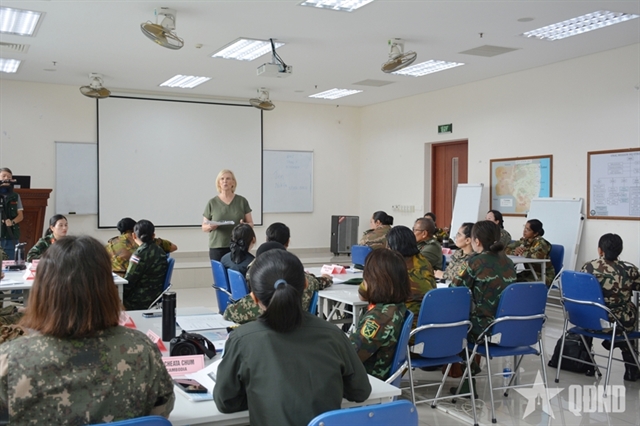Empowering women key to combating climate change

“The disadvantages women often face – such as restricted access to resources and information and limited power in decision-making – make them more vulnerable to the impacts of climate change”, stressed Bruce Campbell, United Nations Population Fund Representatives in Over the past 100 years, the temperature of the earth’s surface has risen 0.74 degrees Celsius. This seemingly small increase has already been linked to more severe and frequent storms, extended droughts, melting glaciers and rising sea levels, all of which are taking a toll on lives and livelihoods, especially in developing countries - The State of World Population 2009 report.
In addition, according to the report, in many countries, women make up the larger share of the agricultural work force. As a result, drought and erratic rainfall forces them to work harder to secure food, water and energy for their homes, therefore, they have less time to earn income and get and education.
Also according to the report, women often manage households and care for family members and this limits their mobility and increases their vulnerability to sudden weather-related natural disasters.
| According to climate change scenarios for |
In
However, he emphasised that women are not just victims of climate change and natural disasters. Women are well positioned to be agents of change through mitigation, management and adaptive activities in their households, workplaces, communities and countries.
He confirmed: “Where women have access to education livelihoods, voluntary family planning and other health services, they have healthier families and are empowered to better cope with the impacts of climate change. This is just as important as improving efficiency or shifting to renewable energy or building seawalls”. The State of World Population 2009 report with the title of Facing a Changing World: Women, Population and Climate demonstrates that climate change is more than an issue of energy efficiency or industrial carbon emissions. It is also an issue of demographic factors, development and the environment and explores the ways in which climate change affect people’s livelihoods, health and prospects for gender equality.







